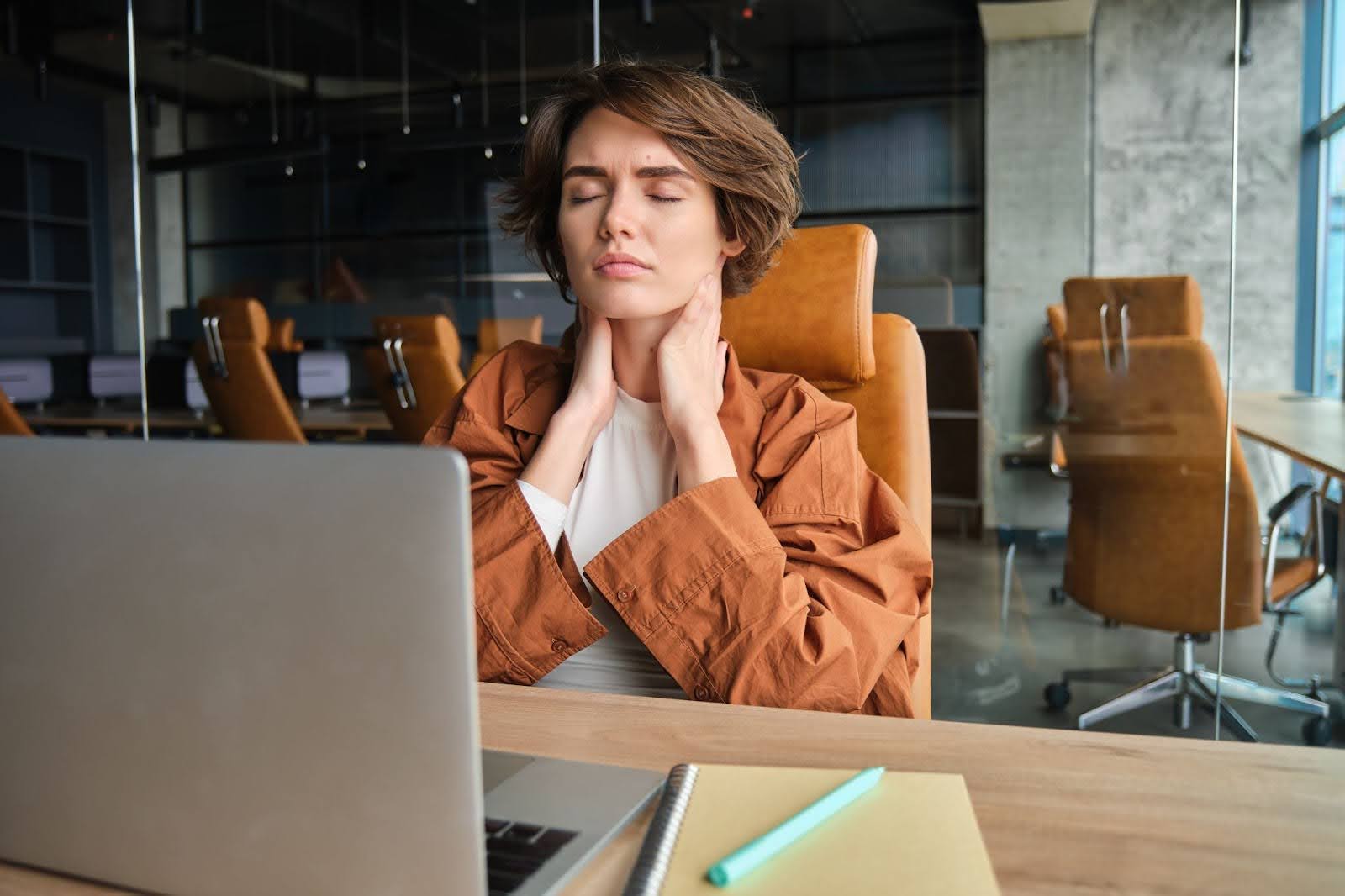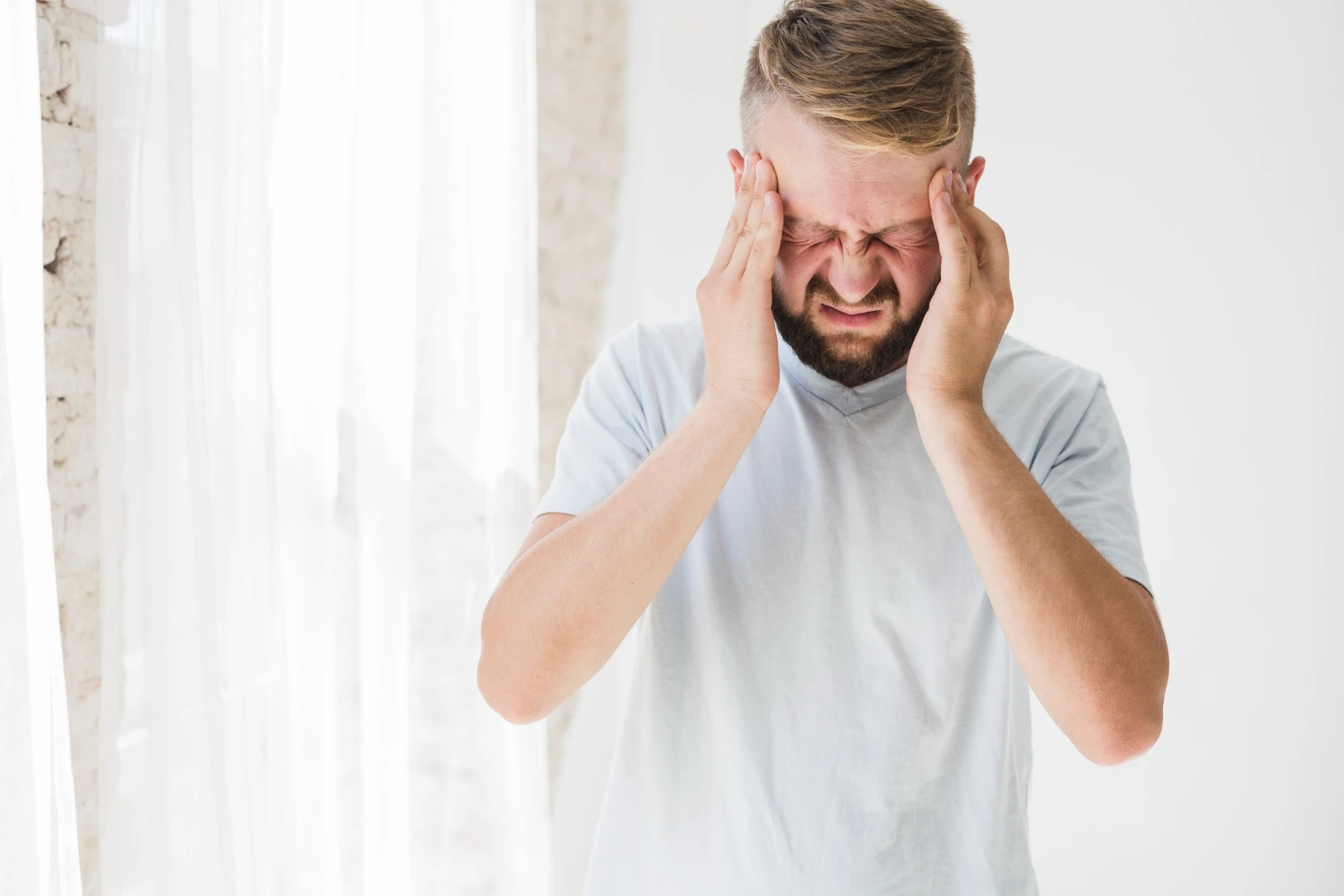Strokes don’t wait for the perfect moment—they strike suddenly and can change your life forever. Recognizing stroke symptoms early can be the difference between recovery and long-term damage.
In the U.S., someone has a stroke every 40 seconds, and someone dies from it every 3.5 minutes [1]. In Canada, more than 108,707 people experience a stroke each year, and it is a leading cause of adult disability. [2]
Yet, many people don’t recognize the warning signs or realize that strokes can begin with subtle changes.
What Is a Stroke?
A stroke occurs when blood flow to part of the brain is interrupted, depriving brain tissue of oxygen and nutrients. Within minutes, brain cells begin to die. This medical emergency requires immediate treatment to minimize brain damage, risk of disability, or death. [3]
There are two main types of stroke: ischaemic, haemorrhagic. Also considered separately transient ischemic attack (TIA), cryptogenic stroke and brain stem stroke. While each affects the brain differently, they often share similar warning signs. Recognizing stroke symptoms early is crucial, especially because symptoms may vary between individuals, and some signs of a stroke in women or men can be more subtle.
Types of Stroke
There are several types of stroke, each with different causes and outcomes. Each type has a different mechanism of onset and impacts treatment options. Here’s a breakdown:
- Ischaemic Stroke: This is the most common type, accounting for approximately 87% of all strokes. It occurs when a clot blocks blood flow to the brain.
- Haemorrhagic Stroke: This occurs when a blood vessel in the brain ruptures, causing bleeding in or around the brain. Although less common, it can be more deadly.
- Transient Ischemic Attack (TIA): Also known as a mini stroke, this is a temporary blockage that usually resolves within minutes to hours. It causes no permanent damage but is a serious warning sign of a future stroke.
- Cryptogenic Stroke: This is a type of ischaemic stroke where no clear cause can be identified after extensive testing.
- Brain Stem Stroke: These strokes occur in the brain stem, which controls vital functions such as breathing, heartbeat, and eye movement. Symptoms can be more severe and may not include typical signs like facial drooping or slurred speech. [4]
What is the life expectancy after a stroke and mini-stroke?
Life expectancy after a stroke varies widely based on stroke severity, age, pre-existing conditions, and recovery quality. About 75% of stroke survivors live beyond one year, particularly in high-income countries, reflecting improvements in care and early treatment. [5]
With a mini stroke, also known as a transient ischemic attack (TIA), the prognosis is generally better. However, mini stroke symptoms are a serious warning. One in five people who experience a TIA will have a full stroke later, often within days or weeks. [6]
Stroke Symptoms and Signs
Stroke symptoms can develop suddenly and should never be ignored. Recognizing these signs of a stroke promptly can help limit long-term damage. Here are the most common stroke symptoms and what to watch for:
- Sudden numbness or weakness in the face, arm, or leg—especially on one side
- Sudden confusion or difficulty speaking or understanding speech
- Sudden trouble seeing in one or both eyes
- Sudden dizziness, loss of balance, or trouble walking
- Sudden severe headache with no known cause [7]
These symptoms of a stroke may come on without warning and can vary depending on which part of the brain is affected. Right side stroke symptoms often affect the left side of the body and may impact spatial awareness or behavior. Left side stroke symptoms may impair language and logic skills and affect the right side of the body. [8]
Stroke symptoms in women can include additional, non-traditional symptoms such as fatigue, nausea, shortness of breath, and general weakness, often mistaken for other health problems. [9] These signs of a stroke in women can delay diagnosis. Stroke symptoms in men are typically more classic, like facial drooping or slurred speech, but the urgency for treatment is equal in both.
Mini stroke symptoms or mild stroke symptoms are similar to major strokes but shorter in duration and less intense. They may include sudden clumsiness, loss of coordination, brief vision loss, or transient confusion. [10] Mini stroke symptoms in women often go unnoticed or unreported, contributing to the risk of a major stroke later.
Can your body warn you a month before a stroke?
Yes, subtle signs of a stroke before it happens can show up days or even weeks in advance. These early signs of stroke include brief episodes of numbness, vision trouble, or confusion—commonly dismissed until it’s too late.
What strange behavior happens before a stroke?
Some people experience mood swings, irritability, or sudden fatigue. These behavioral changes may be early symptoms of a stroke, particularly in older adults or those with risk factors.
Can you sense a stroke coming on?
While not everyone senses a stroke coming, many report feelings of dizziness, disorientation, or a strange sensation in their body moments before stroke onset. Listen to your body—it might be signaling an emergency.
What looks like a stroke but isn’t?
Conditions like migraines, seizures, low blood sugar, and Bell’s palsy can mimic stroke symptoms. Always treat these episodes as potential strokes until a healthcare provider rules them out.
How long can a stroke go unnoticed?
Mild stroke symptoms or mini stroke symptoms can be mistaken for fatigue or stress, leading to delayed treatment. A stroke can go unnoticed for hours or even days, especially in people who live alone.
When to See a Doctor
If you notice any signs of stroke, call emergency services immediately. Use the FAST acronym:
- Face drooping
- Arm weakness
- Speech difficulty
- Time to call 911
Acting fast can save brain function and even your life. Don’t ignore mild stroke symptoms or assume they’ll pass.
If you or your loved ones have had a stroke, it is recommended that you seek rehabilitation as soon as possible for a faster and more complete recovery. Contact Moore MyoWorx Clinic for a rehabilitation consultation.
What Causes a Stroke?
Most strokes are caused by a blocked artery (ischemic stroke) or a ruptured blood vessel (hemorrhagic stroke). Clots, plaque buildup, and weakened blood vessels are typical culprits. Lifestyle and medical conditions also play a role.
Causes of a stroke in a woman include hormone fluctuations, pregnancy, migraines with aura, preeclampsia, and oral contraceptives. Causes of a stroke in a man are often linked to high blood pressure, high cholesterol, heavy alcohol use, and smoking.
Medical conditions like atrial fibrillation, diabetes, and carotid artery disease increase stroke risk in both men and women. Preventative care and routine screening can help mitigate these risks. [11]
Understanding what causes a stroke helps identify who is at higher risk.
Can emotional stress cause strokes?
Yes, high emotional stress increases blood pressure and inflammation, which may contribute to stroke risk. Chronic stress can also lead to unhealthy coping habits like overeating or smoking, further raising the risk.
Risk Factors for Stroke
Risk factors make a person more likely to experience a stroke but may not directly cause one. The most significant stroke risk factors include:
- High blood pressure: The leading risk factor for both ischemic and hemorrhagic strokes.
- Smoking: Damages blood vessels and raises the risk of clot formation.
- Diabetes: Increases plaque buildup in arteries, leading to higher stroke risk.
- Obesity and inactivity: Raise blood pressure and cholesterol, both of which contribute to stroke.
- Atrial fibrillation: Irregular heartbeat can lead to clots forming in the heart.
- High cholesterol: Leads to narrowed arteries and reduced blood flow to the brain.
- Heavy alcohol use: Raises blood pressure and disrupts heart rhythm.
- Family history of stroke: Genetic factors and shared lifestyle risks may increase likelihood.
- Age and gender: Risk increases with age, and women have a higher lifetime risk due to longer lifespan and hormonal factors. [11]
Recognizing and managing these risks—through healthy lifestyle choices and medical monitoring—can significantly reduce the chance of a brain stroke.
Stroke Complications
What happens after a stroke depends on which area of the brain was affected and how quickly treatment was received. Post-stroke symptoms can include:
- Paralysis or muscle weakness
- Difficulty speaking or swallowing
- Memory and thinking problems
- Depression and emotional changes [12]
Life after a stroke involves rehabilitation, medication, and support. Stroke survivors often face long-term lifestyle adjustments, but recovery is possible with early intervention and care.
Understanding stroke symptoms saves lives. Share this information with loved ones and don’t hesitate to call 911 at the first sign of trouble. Your awareness could protect someone you love. If you are supporting someone who is recovering or have recently had a stroke yourself, contact the specialists at Moore MyoWorx to develop an effective rehabilitation strategy.
References
- Emerson Health: “Warning Signs of a Stroke”.
- Heart & Stroke Foundation: “Stroke in Canada is on the rise”.
- National Heart, Lung, and Blood Institute: “What Is a Stroke?”.
- American Stroke Association: “Types of Stroke and Treatment”.
- Flint Rehab: “Stroke Survival Statistics: 9 Stats Every Survivor Needs to Know”.
- Medical News Today: “Life expectancy after a mini stroke”.
- National Heart, Lung, and Blood Institute: “Symptoms”.
- Cleveland Clinic: “What Are the Differences in Left vs. Right Brain Strokes?”.
- Norton Healthcare: “Warning signs of a stroke in a woman”.
- NHS: “Transient ischaemic attack (TIA)”.
- National Heart, Lung, and Blood Institute: “Causes and Risk Factors”.
- Cooper University Health Care: “Complications After Stroke”.




